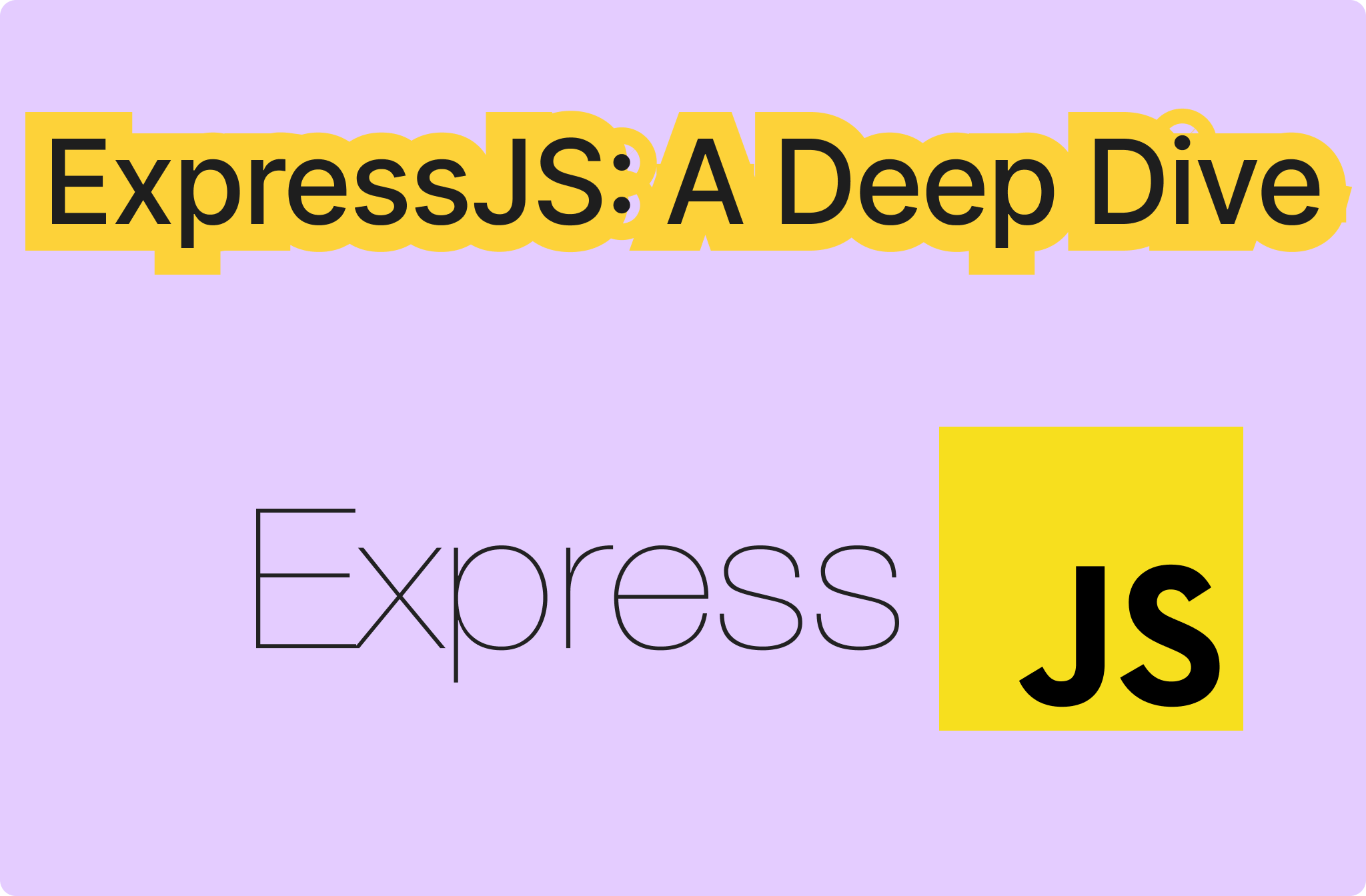63 個專案實戰,寫出作品集,讓面試官眼前一亮!
借助 Node.js 中的最新功能和工具,建立現代 TypeScript 專案從未如此簡單或令人興奮。本指南將向您展示如何利用最新的 Node.js 功能來建立輕量級高效的開發工作流程。 為什麼選擇這種設定? ---------- 此設定透過利用以下內容強調簡單性,本機功能和最小依賴性...
總結 -- 在本教學中,我們將指導您使用[Anthropic AI API](https://www.anthropic.com/api) 、 [Pinecone API](https://www.pinecone.io/)和[CopilotKit](https://go.copilotki...
在 Web 開發方面,為 React 選擇正確的 UI 元件庫可以大大提高您的工作效率並簡化您的設計流程。 由於有如此多的選擇,React 開發人員可以找到各種各樣的庫,每個庫都帶來自己獨特的功能、風格和功能。 在本文中,我們將介紹 React 的 18 個頂級 UI 元件庫,重點介紹每...
DeepSeek-R1 作為一個強大的開源推理模型在 AI 社群中掀起了波瀾,它提供的先進功能可以挑戰 OpenAI 的 o1 等行業領導者,而無需高昂的價格。此尖端模型建立在專家混合 (MoE) 架構之上,具有高達 6,710 億個參數,同時在每次前向傳遞期間僅有效啟動 370 億個參數。這種方法...
隨著 IT 產業的進一步發展,前端開發變得更加活躍,採用最先進的工具、框架和人工智慧的進步。如果您打算在 2025 年進入該行業或在該行業取得進步,本路線圖將引導您了解必要的知識、資源和趨勢,以便在快速發展的前端開發行業中保持領先地位。 --- 1.**掌握基礎** ---------...
無伺服器不僅是一種時尚,而且正在改寫軟體的擴展方式。 Netflix 在沒有伺服器的情況下播放數十億小時的內容。可口可樂無需基礎設施即可自動化工作流程。 Figma 和 T-Mobile 消除了停機時間。什麼是他們知道而你不知道的? 秘密是什麼?事件驅動的無伺服器程式碼。它是應用程式的支...
DevOps 和 MLOps 對於確保當今軟體世界中機器學習和開發工作流程的無縫開發、部署和管理變得非常重要。開源透過提供靈活性、成本效益和出色的社群支援在這些領域發揮作用。 DevOps 是軟體開發 (Dev) 和 IT 營運 (Ops) 的結合。它專注於建立工作流程並監控軟體專案的部署,以...
自訂鉤子不僅僅是 React 中的一個便利性——它們也是模組化和可維護程式碼的遊戲規則改變者。它們允許開發人員以以前不可能的方式封裝邏輯、管理狀態並簡化複雜的功能。 ** 。這種強大的不變性不僅僅是另一種方法 - 它是您編寫更安全、更可預測的程式碼的秘密武器✨。 老實說,當我第一次發現 Object.freeze() 時,我幾乎忽略了它。 「只是不要...
無論您是剛剛入門還是正在建立實際應用程式,開源工具都是開發人員的必備工具。它們使開發過程更加順暢、更快且更具協作性。 有這麼多可用的選項,找到適合工作的工具比以往任何時候都容易。 在本文中,我將向您介紹 5 個供後端開發人員在 2025 年使用的開源工具。 有些是新的,有些已經存在...
2025 年將是人工智慧應用年,它將改變我們建構和使用技術的方式。 從更智慧的工具到強大的框架,科技世界正在快速變化,人工智慧正在大幅改變事物。 今天,我們將看看用於建立 AI 應用程式的前 22 個工具和開源框架,以及最後的獎勵清單。 讓我們跳進去吧。 --- 🎯 什...
## 1. 速率限制 速率限制是一種控制客戶端(像使用者、應用程式或系統)在特定時間內可以向伺服器發送請求數量的方式。把它想像成一個交通警察,確保沒有人過度使用或濫用伺服器的資源。 例如,伺服器可能允許單個客戶端每分鐘發送 100 個請求。如果客戶端超過這個限制,伺服器將拒絕額外的請求,通常...
在當今時代,在不斷創新和大量吸引關注的新技術的推動下,產品格局正在快速發展。 每天都會發佈如此多的工具,找到那些可以帶來大量價值並且值得在技術堆疊中升級的工具可能會令人畏懼。 在本文中,我整理了 8 個我最喜歡的最新發現的強大工具,這些工具將改善您的開發人員工作流程並讓您節省大量時間。 ...
2025 年已經到來,對開發者來說這是一個令人興奮的時刻! 隨著 DevTools 和 AI 的快速發展,生產力和效率方面有很多值得期待的地方。 在過去的幾周里,我一直在探索一些對我來說真正突出的工具,因為它們可以在很大程度上簡化開發人員的工作流程。 在本文中,我將介紹 7 個開發...
開源專案是技術社群的命脈,推動全球創新和協作。進入 2025 年,一些令人興奮的專案正在掀起波瀾。無論您是開發人員、技術愛好者還是希望為社群做出貢獻的人,這些專案都值得關注。 --- 1. Astro v3-前端的未來 -----------------  ,一個超級方便的自動 API 文件產生工具。 LiveAPI的後端是Golang,我正在發現Golang獨特而酷的功能。 對於那些不知道的人來說, [Golang(Go...
對於科技來說,這將是激動人心的一年,我們可能會看到跨多個領域、人工智慧工具、框架、資料庫等的突破性成就, 因此,我策劃了一些您必須用來建立下一個大型專案的開源工具。 ** ----------------------------...
[](https://leapcell.io/?lc_t=d_js) Express 是 Node.js 中極為常...
精選技術文章、免費程式設計資源、以及業界重要新聞!
也歡迎訂閱 YouTube 頻道,觀看每週二晚間的《CodeLove Talk》直播節目,一起討論軟體開發相關的話題!